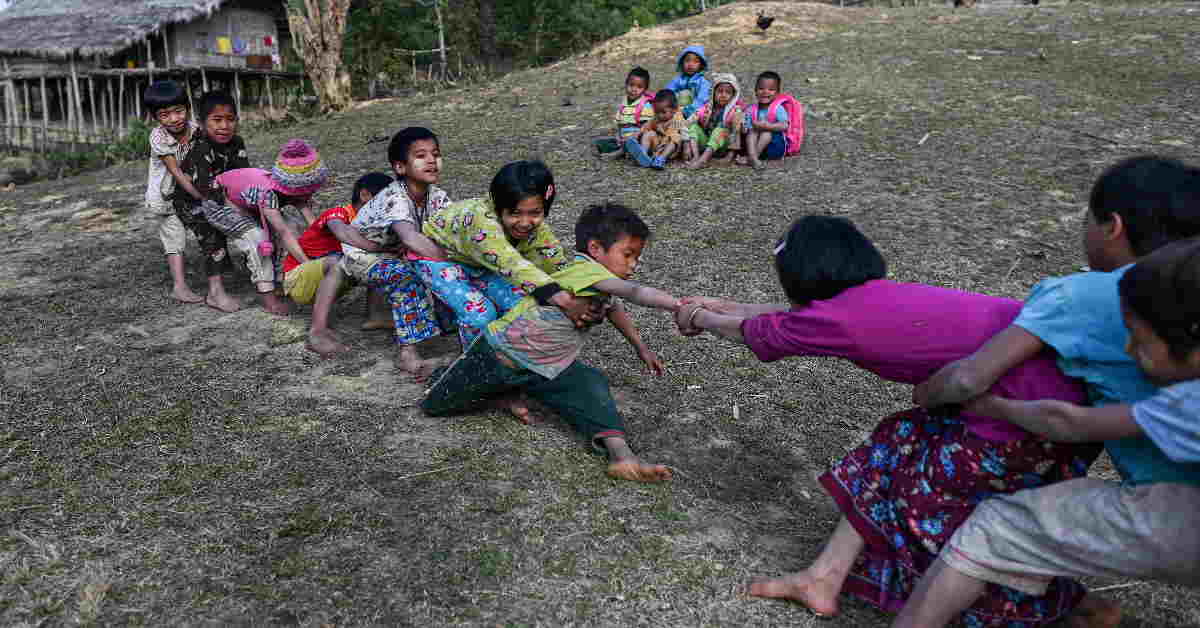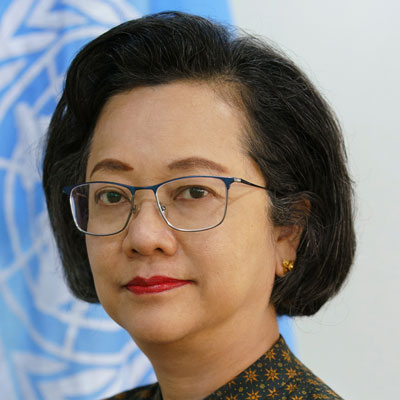Rising economic prosperity and poverty reduction may not tell the whole story of progress in Asia and the Pacific. Telling signs in the natural world recount a narrative that is far from complete. This year has been particularly affected by the COVID-19 global health pandemic, with devastating impacts on our health and the economy. Yet, building on its achievements, the region must continue its drive towards a sustainable conclusion.
There have been promising developments as we turn the page to a critical Decade of Action for the Sustainable Development Goals (SDG). The region is on track to achieve targets on eradicating income poverty. The prevalence of undernourishment has dropped from 17 percent in 2000 to 11 percent in 2017. The proportion of the population using basic sanitation services has increased from 48 percent to almost 75 percent since 2000.
Nonetheless, we will miss the mark on all 17 SDGs by 2030 unless we quicken the uneven pace across each subregion. The next chapters of progress we write must not only be faster, but also fight for higher quality of life and a healthy environment.
Most strikingly, there is a lack of progress on environmental goals across all subregions. Data from the 2020 edition of the Asia and the Pacific SDG Progress Report published by the United Nations Economic and Social Commission for Asia and the Pacific show that we are neither sustainably managing the rich, precious natural resources in our region nor taking adequate action to combat climate change. Myopic consumption practices have led to marine pollution and irreversible damage to ecosystems. Air pollution has clouded the skies, with the Asia-Pacific region emitting half the world’s greenhouse gas (GHG). Disasters are occurring with increasing frequency and intensity, hitting the most vulnerable the hardest.
The earth continues to warn us that human progress cannot come at the expense of environmental degradation. As we make gains, it is our responsibility to advocate for measures that protect the planet. To urgently improve waste management, increase resilience against natural disasters and adapt to the adverse impacts of climate change.
In addition to environmental considerations, advancements in the region’s gross domestic product (GDP) growth are also challenging us to expand normative thinking on poverty. Although the region is making good progress on SDG targets related to economic growth, one-dimensional assessments are no longer enough. Mounting evidence reveals that the region is likely to miss all measurable SDG targets related to other forms of poverty, hunger, gender equality and reduced inequalities. This means that our ambitions must be far-reaching and informed by the complex realities of multi-dimensional poverty.
Thankfully, countries in Asia and the Pacific have made resolute commitments to sprint toward the 2030 finish line. Momentum for the future has been established by substantial groundwork. Existing efforts have laid policy foundations for a more favourable outlook in areas like access to clean energy and education. Progress towards the SDGs is not a linear process, but there is an emerging basis for acceleration in the coming years.
By speeding up efforts, the region can balance its fast-growing economy with prosperity for people and planet. The total capacity of the region to produce renewable electricity has increased almost fivefold since 2000, faster than any other region in the world. Many countries have adopted clean and environmentally sound technologies to reduce the intensity of carbon dioxide emissions from the manufacturing sector.
Recent trends also given hope for an acceleration of progress on several goals in the coming decade. Increases in labour productivity, access to quality education and resource flow for development all provide examples that the Asia-Pacific region has built a basis for acceleration in many targets.
While we have harmed the planet along the way, I believe we also have the power to reverse negative trends and fight for the environment, as it has provided for us. If the region doubles its concerted efforts, the future may be brighter for target areas where progress has been slow.
The extensive efforts required means we cannot do it alone. Uneven gains across subregions convey that cooperation is more important than ever. We must rally the region to collectively move toward an enduring vision of development that protects natural resources, particularly the ocean, and fights climate change. Listening to the data and supporting its availability will help create integrated policies fundamental to reversing negative trends. Revitalising partnerships at all levels and across all stakeholders will enable us to implement them.
With decisive action, the region has the capacity to achieve a strong finish by 2030. During an unprecedented global health emergency and increasing economic uncertainty, let us not lose sight of the future. The determination and rich resources of the region can help us overcome COVID-19 and beyond. Together, we can write a story of Asia and the Pacific which is one of success for every aspect of nature and society.

